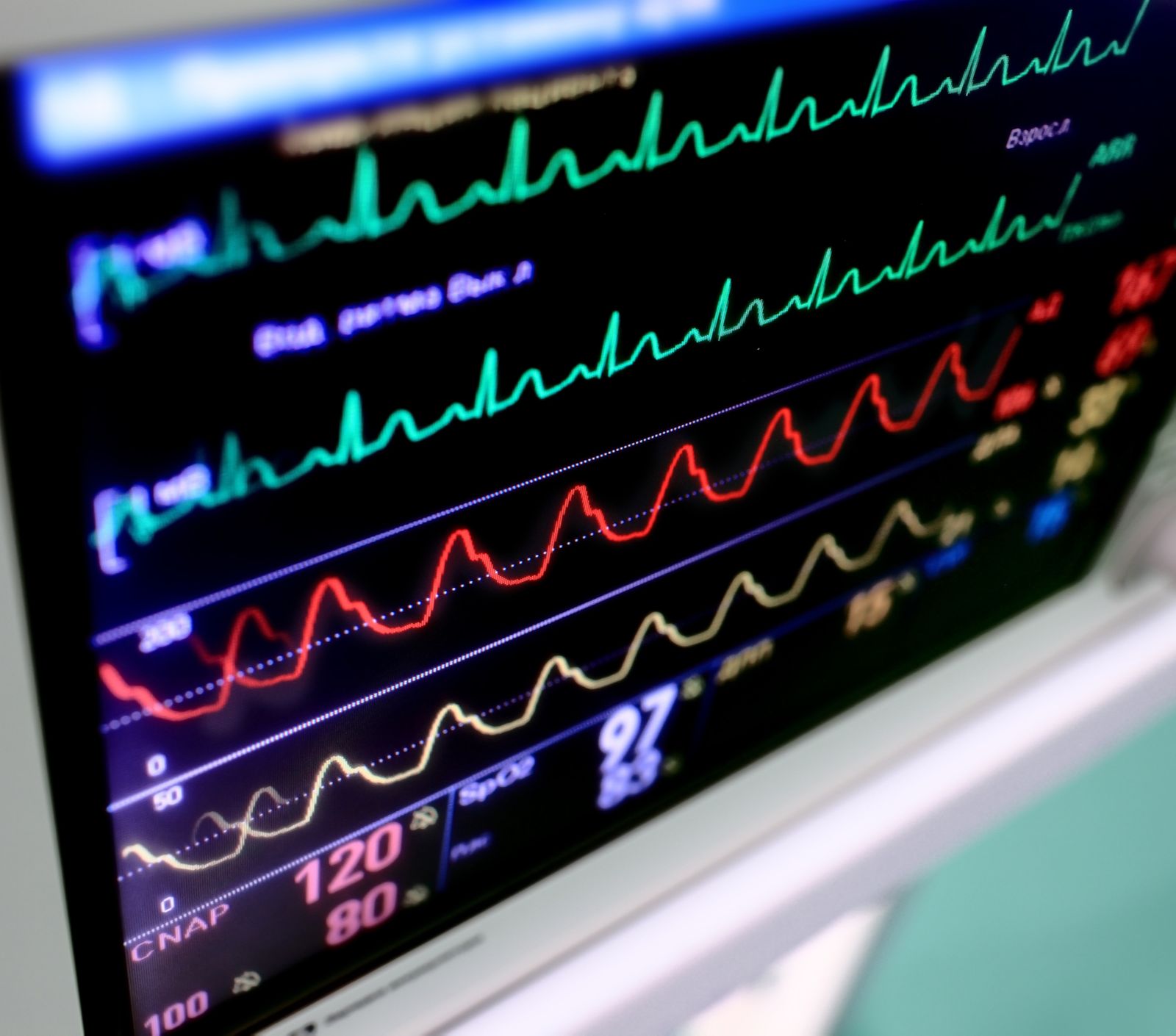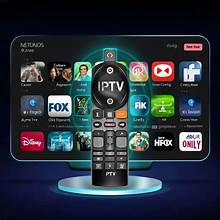In the ever-evolving landscape of healthcare, the ability to make informed decisions is paramount to providing high-quality patient care.
Among the array of tools available to healthcare professionals, medical monitors stand out as indispensable instruments for gathering real-time data on patients’ vital signs and physiological parameters.
However, the effective utilization of medical monitors requires more than just technical proficiency—it necessitates comprehensive training to interpret data accurately and act swiftly in critical situations.
In this article, we explore the significance of medical monitor training in enhancing patient care by facilitating informed decision-making.
The Importance of Medical Monitor Training
Medical monitors encompass a diverse range of devices, including electrocardiograms (ECGs), pulse oximeters, blood pressure monitors, and more.
These instruments serve as the frontline defense in monitoring patients’ health status and detecting early signs of deterioration. However, their efficacy hinges on healthcare professionals’ ability to interpret the data they provide accurately.
Medical monitor training plays a crucial role in equipping clinicians with the necessary skills to navigate and interpret complex physiological data effectively.
By immersing healthcare professionals in structured learning environments, training programs empower them to recognize patterns, identify abnormalities, and make timely interventions based on the information at hand.
Interpreting Vital Signs with Precision
Central to medical monitor training is the interpretation of vital signs—key indicators of a patient’s physiological well-being. From heart rate and blood pressure to oxygen saturation and respiratory rate, vital signs offer valuable insights into a patient’s health status and response to treatment.
Through rigorous training, healthcare professionals learn to differentiate between normal variations and clinically significant deviations in vital signs. For instance, a sudden spike in heart rate accompanied by a drop in oxygen saturation may indicate impending cardiac or respiratory compromise, warranting immediate attention.
By honing their interpretative skills through training, clinicians can swiftly recognize these warning signs and initiate appropriate interventions to prevent adverse outcomes.
Enhancing Clinical Decision-Making
Medical monitor training extends beyond technical proficiency; it fosters critical thinking and clinical reasoning skills essential for effective decision-making. Clinicians learn to integrate data from multiple sources, including medical history, physical examination findings, and diagnostic tests, to formulate comprehensive patient assessments and develop individualized treatment plans.
Moreover, medical monitor training emphasizes the importance of prioritization and rapid decision-making in emergency situations. By simulating realistic scenarios and providing hands-on experience, training programs prepare healthcare professionals to remain calm under pressure and act decisively to address acute medical issues.
Optimizing Patient Safety and Outcomes
The ability to interpret medical monitor data accurately directly impacts patient safety and outcomes. Inadequate training or misinterpretation of vital signs can lead to delayed interventions, misdiagnoses, or inappropriate treatments, placing patients at risk of harm.
Conversely, well-trained healthcare professionals can identify subtle changes in vital signs early on, allowing for timely interventions and proactive management of patient care.
Furthermore, medical monitor training contributes to a culture of continuous quality improvement within healthcare institutions.
By ensuring that all staff members possess the necessary skills to utilize medical monitors effectively, organizations can mitigate the risk of adverse events and enhance overall patient safety.
Addressing Challenges and Promoting Competency
While medical monitor training is undeniably beneficial, several challenges must be addressed to ensure its effectiveness. These include the need for standardized curricula, ongoing professional development opportunities, and the integration of simulation-based training methodologies.
Standardized curricula ensure that all healthcare professionals receive consistent training in medical monitor interpretation, regardless of their specialty or clinical setting.
Additionally, ongoing professional development programs allow clinicians to stay abreast of advancements in monitor technology and refine their skills over time.
Simulation-based training offers a safe and controlled environment for healthcare professionals to practice their skills and decision-making abilities.
By replicating realistic clinical scenarios, simulation exercises bridge the gap between theory and practice, enabling clinicians to apply their knowledge in a hands-on setting.
Conclusion
In conclusion, medical monitor training plays a pivotal role in enhancing patient care by facilitating informed decision-making among healthcare professionals.
By equipping clinicians with the knowledge, skills, and confidence to interpret vital signs accurately, training programs empower them to provide high-quality care in diverse clinical settings.
As healthcare continues to evolve and technological advancements reshape the landscape of patient monitoring, the importance of medical monitor training will only grow. Investing in comprehensive training initiatives not only benefits individual clinicians but also contributes to the overall quality and safety of healthcare delivery.
In the pursuit of excellence in patient care, informed decisions driven by medical monitor training remain a cornerstone of modern healthcare practice. By prioritizing training and competency development, healthcare organizations can ensure that their workforce is equipped to deliver optimal care and improve patient outcomes effectively.






